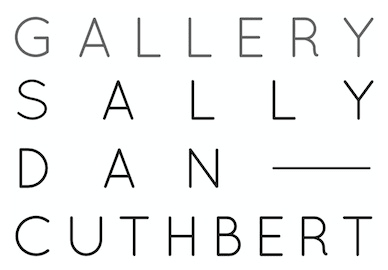In the necropolis of Dahshur, about an hour south of Cairo, lies the Bent Pyramid. It’s so named because it was initially built too steep, and builders had to switch to a shallower angle about halfway up so that the structure didn’t collapse in on itself. By the time the great smooth-sided pyramids at Giza were built, however, they had figured out the optimal angle. Some 4500 years later, these wonders of the ancient world serve as backdrop to the exhibition ‘Art d’Egypte: Forever is Now’. Founded by French-Egyptian curator and entrepreneur Nadine Abdel Ghaffar, the event is organized by her consultancy firm Culturvator, which also facilitated Dior’s recent show at the pyramids. This is its third edition.
Here, too, the angles have been all worked out. Laid out in a trail on the Giza plateau, each of the 14 commissions on view offers a slightly different vantage upon the pyramids. As such, each has a little sign indicating to visitors the best spot for photographs. In Costas Varotsos’s Horizon (all works 2023), eight metallic rings half-filled with watery glass invoke the Nile when you position yourself just so. The gold-topped chevrons at the centre of Azza Al Qubaisi’s otherwise pleasingly curvaceous metallic dunes meet the Khufu pyramid at its highest point (Treasures). Stephan Breuer’s Temple, a floating inverted golden triangle, is sited where the three largest pyramids form a single perfect triangle, and so on. The effect is rather like puckering up in front of the Sphinx or holding up the Leaning Tower of Pisa, except it’s the artworks who are the tourists here.
Art d’Egypte is particularly interesting as an entry into the growing regional phenomenon of Big Desert Art, as typified by Desert X Alula. You know it when you see it: sun, sand, monumental landscapes and a government with an appetite for cultural tourism, all with a dash of Burning Man. Like various futurist movements, Big Desert Art exhibitions anchor themselves in civilizations past: the Indus Valley, precolonial America or here, the Nabateans and the Old Kingdom. Put another way, yoking an exhibition to an abstracted distant past invites artists to bypass the far messier, politically charged present. It goes hand in hand with investing heavily in new infrastructure – Egypt’s new capital city megaproject in this case – almost as if an increase in urban sprawl and its attendant economic struggles necessitates an increased romanticization of desert pasts. In September, Egypt’s Tourism & Antiquities minister announced plans to double tourist numbers by 2028, and next year the mammoth Grand Egyptian Museum is anticipated to finally open. Notably, in contrast to the generous government support elsewhere, Art d’Egypte’s strengths lie in its remarkable ability to harness both significant corporate sponsorship and private philanthropy, particularly in the counter-revolutionary vacuum of Cairo’s once thriving art scene.
Every Big Desert Art exhibition needs a glinting obelisk, and Sabine Marcelis delivers in ‘Forever is Now’ with an elegant sundial clad in solar glass that stores the sun’s rays during the day to emit them at night (Ra).


